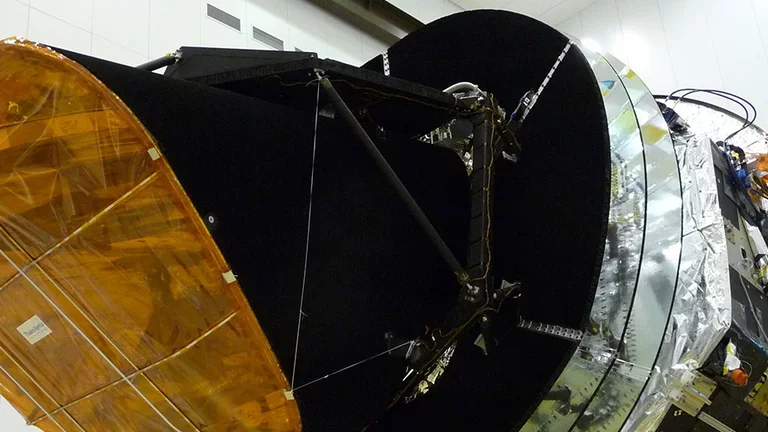Planck: The First Results
- Space

Last week, the biggest international scientific researchers were gathered at the Cité des Sciences in Paris to attend a presentation of the first results from the Planck satellite.
Sent into space 20 months ago, Planck’s mission is to precisely measure cosmic fossil radiation, the oldest light emitted by the universe. Since it was put into orbit, it has been transmitting extremely precise photographs of the entire sky to scientists that, put together, will allow them to see the universe as it was 13.7 billion years ago. The scientists thus receive information about the first moments following the Big Bang, and about the origin and shaping of the stars and galaxies.
Planck is equipped with a cooling system that is being used for the first time in the field of space. Air Liquide participated in this scientific and technological challenge by developing a dilution cooler with a performance level that has never been reached before, the last link in the cryogenic chain that makes up the heart of this scientific satellite.
For this exceptional project, the Air Liquide teams worked in close collaboration with experts from the Néel Institute (CNRS, French National Centre for Scientific Research) and the Institute of Spatial Astrophysics (IAS) working for the National Centre for Spatial Studies (CNES, France).
This adventure is a new illustration of the know-how and skills of Air liquide in extremely low temperature cryogenic technologies, and asserts it position as a historic partner in the spatial adventure to continue pushing back the boundaries of knowledge.
